It turns out that the 2016 election was historic in more ways than one. A report released today by the Pew Research Center shows that for the first time ever, Millennial and Gen X voters outnumbered Boomers and older voters, 69.6 million to 67.9 million. This gap will only widen in future elections: death and infirmity will steadily thin the ranks of older cohorts while rising turnout rates among younger voters will continue to swell their share of the electorate. In addition, naturalization will steadily increase the number of Millennials born outside the United States who are on track to attain citizenship.
In 2004, the first year that every Boomer was 40 or older, the cohort’s voting participation rate rose to 69 percent, where it has remained in each presidential cycle since then. Although they still constitute the largest single electoral bloc, their numbers have peaked and will begin a slow decline once the oldest Boomers reach their mid-70s, which will happen by the 2020 election.
Not long ago, pundits opined that the Gen Xers, who were born in the tumultuous years from 1965 to 1980, would abstain from politics in record numbers. The cynical, alienated children of Watergate, stagflation, and divorce, they said, would retreat from public life into private pursuits. Defying these predictions, Gen X voting participation has soared from just 39 percent in 1988 to 63 percent in 2016, higher than the electorate as a whole. It is likely that their participation will continue to rise as more of them enter their 40s and 50s.
Although Millennial participation rates have remained below 50 percent in their first four presidential cycles, they nonetheless have been more likely to vote than were Gen Xers at comparable ages. If past trends continue, this suggests that Millennials will end up voting at even higher rates than Gen Xers when they reach the age of peak participation.
In the long run, this is worrisome news for Republicans. As of last November, fully 55 percent of Millennials identified either as Democrats or as Independents who lean Democratic. Given their liberal attitudes on social issues and experience-based openness to immigrants from other cultures, the first six months of the Trump administration are unlikely to have shifted their preference toward the GOP. Within the next decade, as their numbers and participation rates swell, Millennials will be the single largest cohort in the electorate. And if history is any guide, their early voting patterns will likely persist into their mature years.
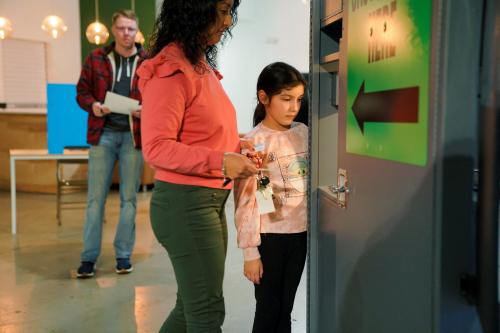
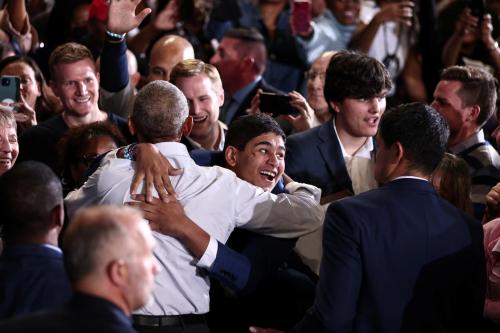

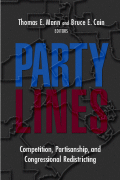
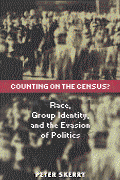
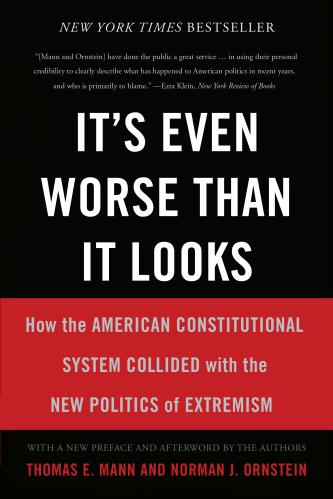


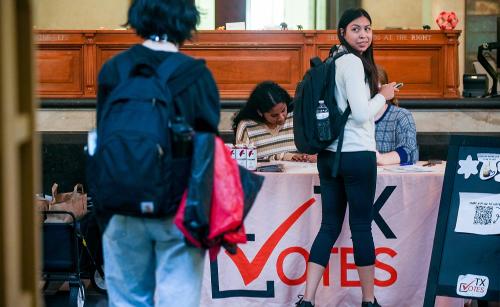
Commentary
Millennials will soon be the largest voting bloc in America
July 31, 2017